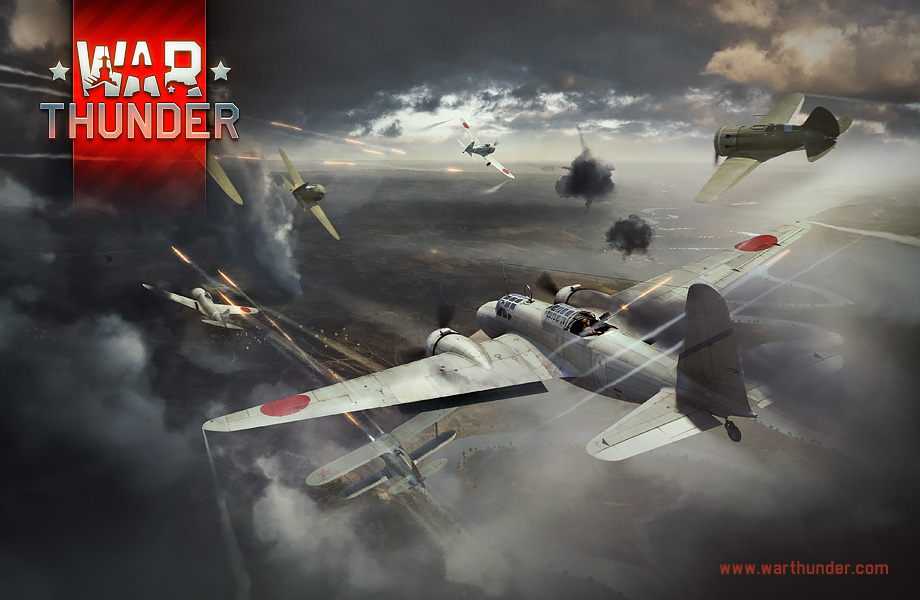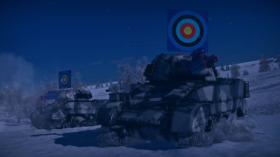
- For PC
- For MAC
- For Linux
- OS: Windows 10 (64 bit)
- Processor: Dual-Core 2.2 GHz
- Memory: 4GB
- Video Card: DirectX 11 level video card: AMD Radeon 77XX / NVIDIA GeForce GTX 660. The minimum supported resolution for the game is 720p.
- Network: Broadband Internet connection
- Hard Drive: 23.1 GB (Minimal client)
- OS: Windows 10/11 (64 bit)
- Processor: Intel Core i5 or Ryzen 5 3600 and better
- Memory: 16 GB and more
- Video Card: DirectX 11 level video card or higher and drivers: Nvidia GeForce 1060 and higher, Radeon RX 570 and higher
- Network: Broadband Internet connection
- Hard Drive: 75.9 GB (Full client)
- OS: Mac OS Big Sur 11.0 or newer
- Processor: Core i5, minimum 2.2GHz (Intel Xeon is not supported)
- Memory: 6 GB
- Video Card: Intel Iris Pro 5200 (Mac), or analog from AMD/Nvidia for Mac. Minimum supported resolution for the game is 720p with Metal support.
- Network: Broadband Internet connection
- Hard Drive: 22.1 GB (Minimal client)
- OS: Mac OS Big Sur 11.0 or newer
- Processor: Core i7 (Intel Xeon is not supported)
- Memory: 8 GB
- Video Card: Radeon Vega II or higher with Metal support.
- Network: Broadband Internet connection
- Hard Drive: 62.2 GB (Full client)
- OS: Most modern 64bit Linux distributions
- Processor: Dual-Core 2.4 GHz
- Memory: 4 GB
- Video Card: NVIDIA 660 with latest proprietary drivers (not older than 6 months) / similar AMD with latest proprietary drivers (not older than 6 months; the minimum supported resolution for the game is 720p) with Vulkan support.
- Network: Broadband Internet connection
- Hard Drive: 22.1 GB (Minimal client)
- OS: Ubuntu 20.04 64bit
- Processor: Intel Core i7
- Memory: 16 GB
- Video Card: NVIDIA 1060 with latest proprietary drivers (not older than 6 months) / similar AMD (Radeon RX 570) with latest proprietary drivers (not older than 6 months) with Vulkan support.
- Network: Broadband Internet connection
- Hard Drive: 62.2 GB (Full client)

From 15:00 GMT 22nd of May till 11:00 GMT 25th of May, 2015
Take part in the historical event over Khalkhin Gol in all game modes with a renewed aircraft line-up:
-
Arcade battles: The Battle of Lake Khasan
-
Realistic battles: The Battle of Khalkhin Gol. The Japanese offensive
-
Simulator battles: The Battle of Khalkhin Gol. The Final battle
The missions are available for all air battle game modes and can be found in the 'Events & Tournaments' tab under 'Historical Events'.
 |
Khalkhin Gol, Nomonhan, or the ‘Soviet-Japanese Border war’, to most people of an English speaking background; any way you say it, it refers to a little known place between Mongolia and China, a river on the Eurasian Steppes, but in 1939 it was the site of a definitive and world changing series of battles.
The border between the Mongolian People’s Republic and the Imperial Japanese in occupied Manchuria was still in a state of flux following the earlier territorial disputes between these forces, and a low intensity guerrilla war waged on a local scale which took place without much effect and no material gain.
The battle, in reality, began on the 11th of May 1939, when a small Mongolian cavalry unit entered the disputed area beside the river which the Japanese maintained as the border. With the village of Nomonhan to the east, the Mongolians had entered an area that was 25 miles long and 10 miles wide to search for grazing land for their horses. They were quickly driven back across the river and fell beyond artillery range by a larger Japanese unit. By the 14th, the Mongolian cavalry had returned, and were met by the 64th infantry regiment which forced the Mongolians back across the river once again. By the 20th, a reconnaissance force from the Japanese 64th regiment attempted to evict the Mongolian troops, but they were encircled and annihilated in the attempt. At the same time, savage air battles were fought in the skies above the battlefield, operating from airfields close to the front lines. Fighters took to the skies many times a day with bomber formations flying deep into each other’s territories to conduct raids on the long and tenuous supply lines each force relied upon.
 |
On the 27th of June, 1939, the Japanese air force attacked Tamsag Bulak and Bain-Burda-Nur airfields where the 22th and 70th soviets IAP were based. Though it was mostly an assault mission, a number of Ki-21’s took part. This aircraft was faster than Soviet Sb bombers and could cover greater distances. 6 of the 12 bombers were destroyed during the attack, and one was badly damaged. A number of Ki-21’s also took part in the August 1939 raids where they flew accompanied by Ki-27 fighters.
Based on combat experience, it was obvious that the Ki-21-Ia defensive armament was not enough, and in the August of 1939, an improved Ki-21-Ib was built - it had 2 additional type 89 7.7 mm MGs and the bomb load was increased. The design of the aircraft was also improved by upgrading the flaps and rudder units.




